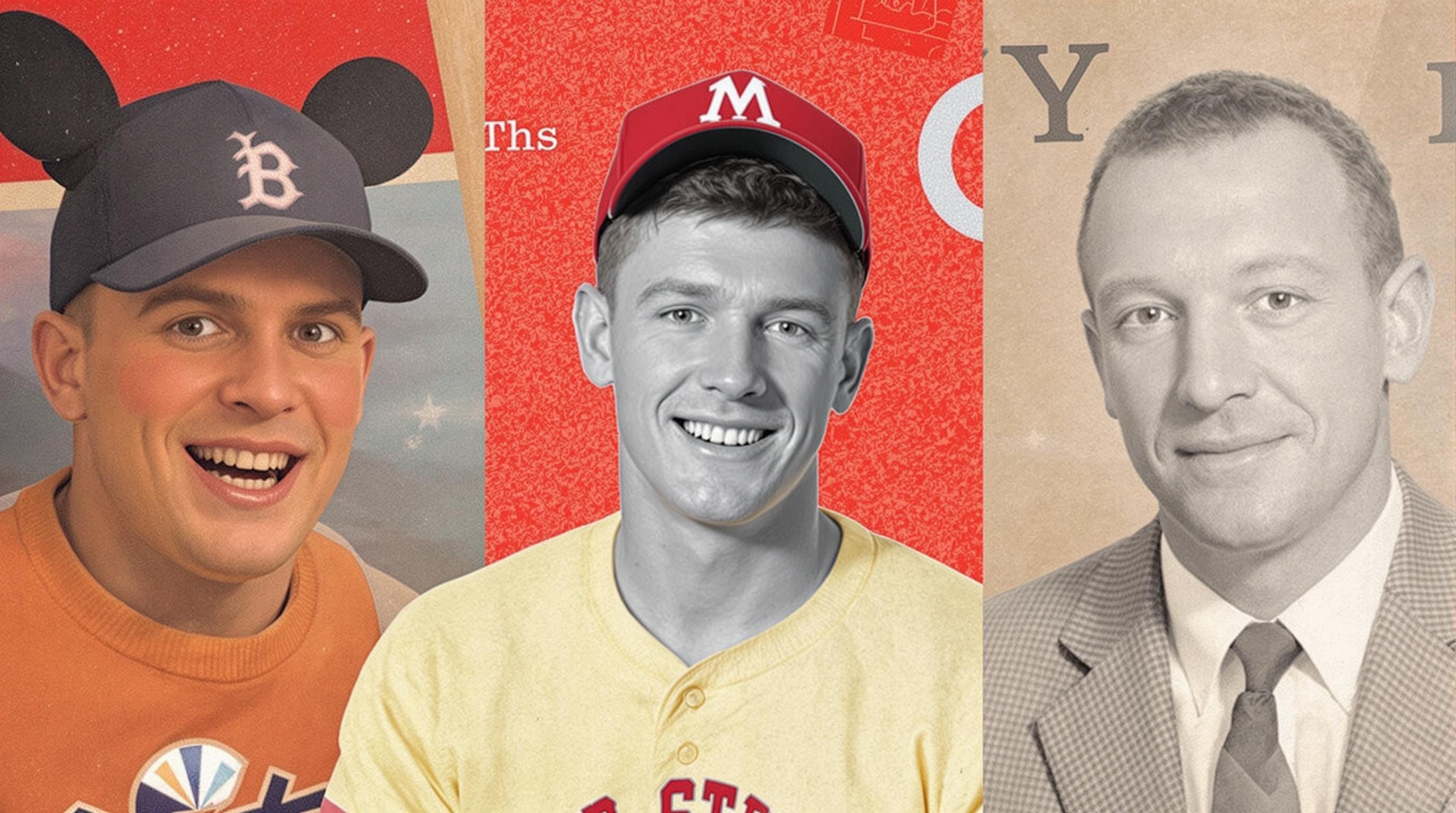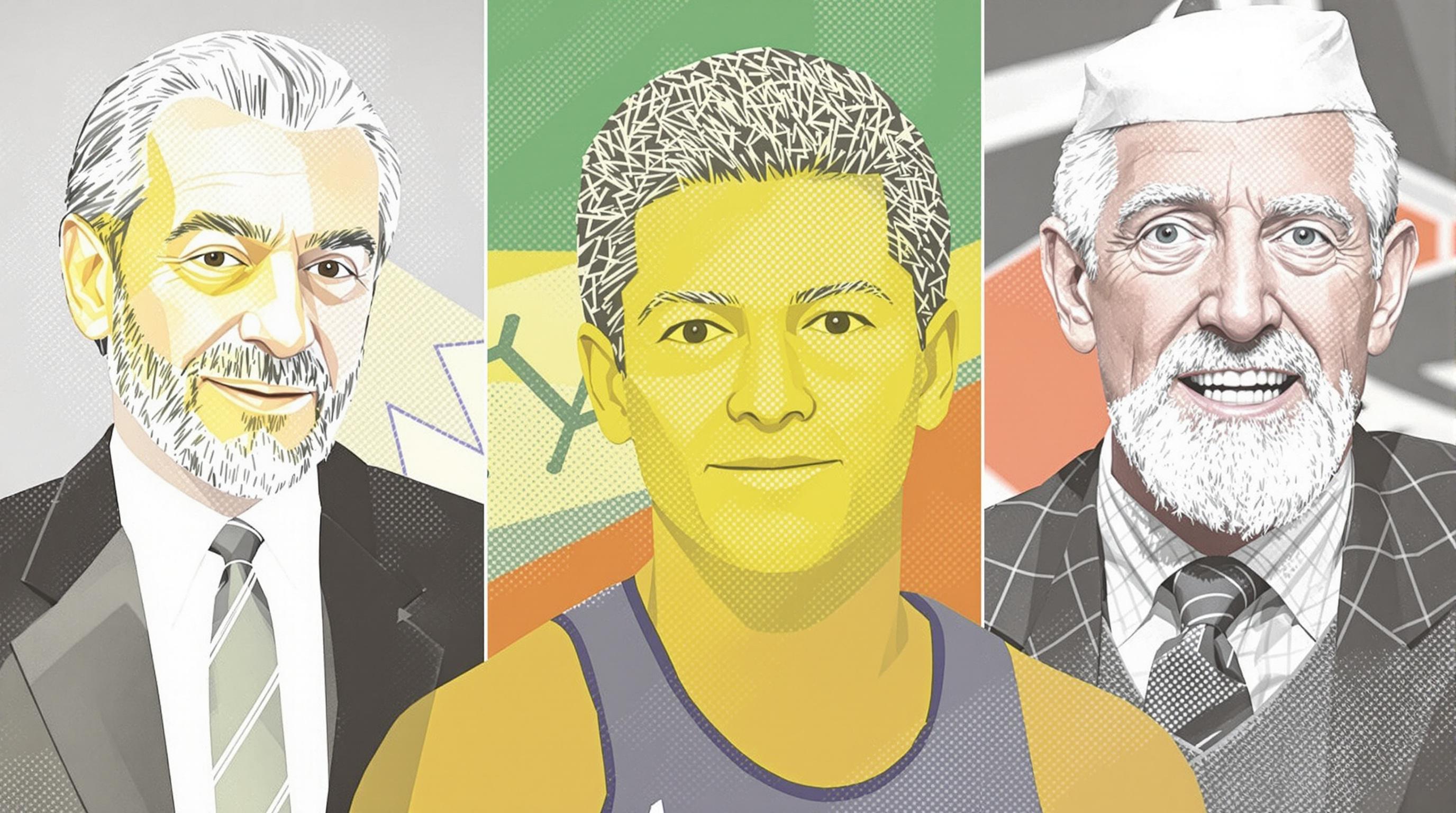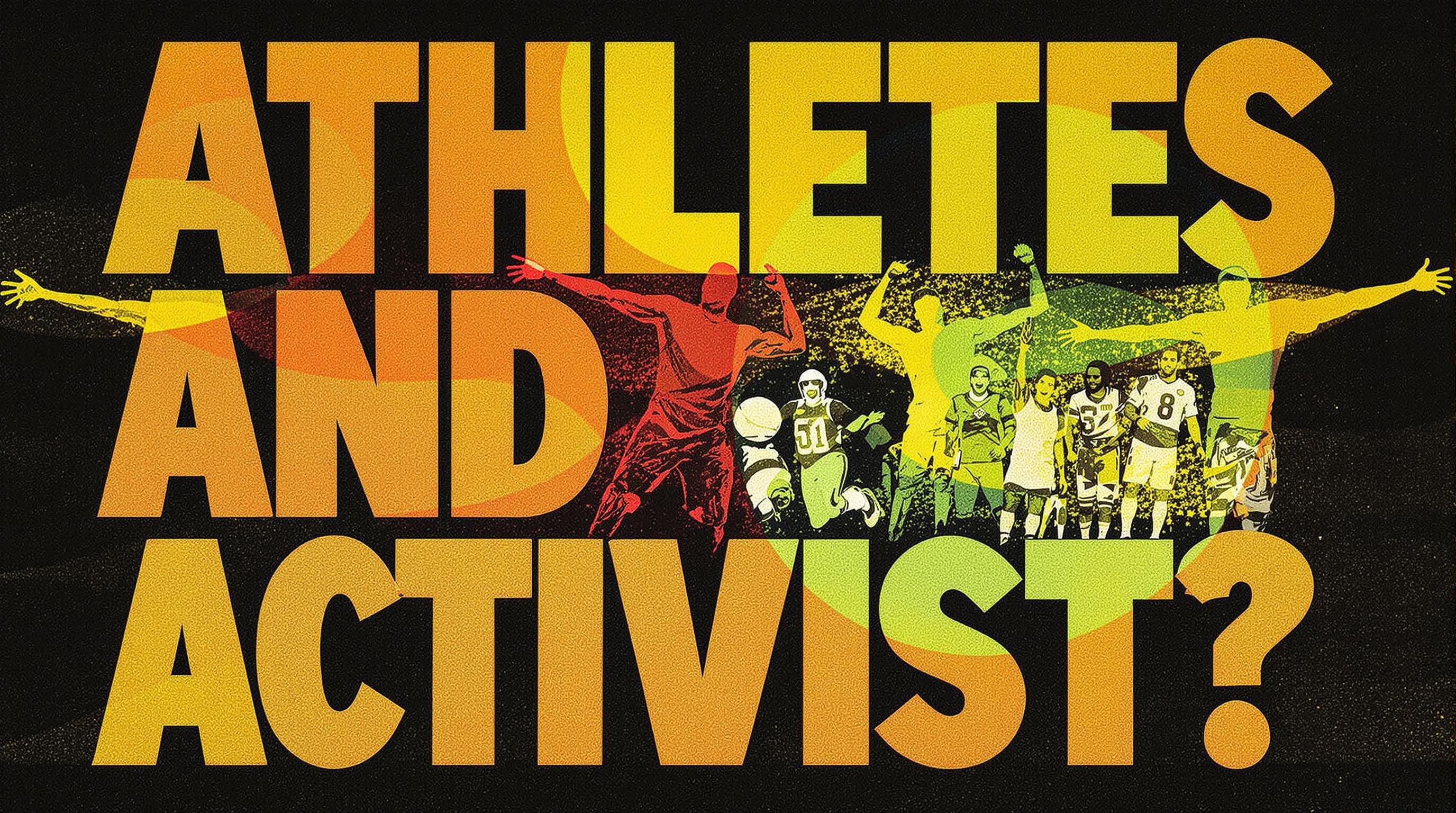Related Articles
- Cultural Collisions: How Colonialism and Conquest Transformed Games and Their Rules Across Continents
- The Eccentric Anomalies of Game Etiquette: Odd House Rules That Defied Generations
- Unveiling the Unconventional: The Role of Secret Societies in Shaping Game Regulations Across Time
- Revisiting the Cultural Phenomenon: How Iconic Championships Influenced Fashion Trends on and off the Field
- Revisiting the Aftermath: How Championship Wins Shape Community Identity and Local Economies
- The Role of Unexpected Weather Events in Shaping Championship Outcomes: A Tidal Wave of Influence
Unearthing the Untold: Legendary Athletes' Quirky Hobbies and Their Impact on Sporting Culture
Unearthing the Untold: Legendary Athletes' Quirky Hobbies and Their Impact on Sporting Culture
Legendary athletes often cultivate quirky hobbies that might surprise fans, yet these interests reveal much about their personalities and impact the sporting culture. In this article, we’ll explore how these eccentric passions shape athletes' lives and the broader sporting community, enhancing connection and creativity within the sphere of sports.
Introduction to the Quirks
When you think of a professional athlete, what image comes to mind? It's likely one of relentless training, fierce competition, and unyielding discipline. However, beneath the surface, many of these sports icons have rich, unconventional hobbies that not only serve as stress relief but also influence their performance and the culture of their respective sports.
The Harmonizing Power of Music
Take NBA legend Shaquille O'Neal, for example. Beyond the hard court, Shaq is also a passionate rapper and DJ. He has released four studio albums and even had a hit single, “What’s Up Doc? (Can We Rock).” His foray into music didn’t just serve as a fun distraction; it also highlights how athletes often seek inspiration outside their primary field, blending their public persona with their musical endeavors.
In a survey of athletes reported by the Journal of Sports Psychology in 2021, 76% of them acknowledged that engaging in creative hobbies like music helped reduce performance anxiety. While fans may initially scoff at a superstar's decision to pursue a side career, the benefits can be transformative, directly leading to improved mental health and performance consistency.
Sport Beyond Borders: The Unfamiliar World of Knitting
Now, switching gears from the high-energy beats of hip-hop, let’s talk about NBA Hall of Famer, Kevin Garnett, who has a surprisingly soft side that involves knitting. Yes, knitting. In a podcast interview, he shared how he took up knitting to relax after high-pressure games. This quirky pastime allowed him to embrace a meditative state, a stark contrast to the intensity he exhibited on the court.
Statistics reveal that hobbies such as knitting can stimulate the brain's reward system, further fueling creativity. In a 2023 report published by the Craft Yarn Council, 50% of knitters cited significant stress reduction, illustrating that even a dominant athlete like Garnett finds solace and mental clarity through crafting.
Bridging Differences with Community Engagement
But hobbies are not only personal; they can be social bridges as well. Consider the case of Canadian hockey player P.K. Subban, who has taken on the mission of promoting diversity in sports through his passion for video gaming. Subban hosts charity gaming tournaments that attract not just athletes but fans from various age groups, creating a unique environment for connection and dialogue.
Subban's commitment to opening up spaces for conversations about diversity in sports has generated awareness and fostered community ties. According to a 2022 study by the International Sports Research Institute, athletes engaging in community-focused activities reported a 40% increase in their fans' appreciation for the sport, illustrating how personal interests can tie directly into broader societal issues.
The Comic Relief of Athletes’ Quirks
While serious issues often dominate the narrative around professional sports, a healthy dose of humor rarely goes amiss. J.R. Smith, NBA champion and now a collegiate golfer, is well-known for his offbeat sense of humor, which includes a penchant for practical jokes on the golf course. Smith frequently shares these moments on social media, creating a light-hearted narrative that contrasts the often serious tone associated with professional athletes.
Research from the Sports Humor Association suggests that humor can enhance team dynamics and build camaraderie, which is why Smith’s antics resonate not just with fans but with teammates as well. As they say, laughter is the best medicine, and in the high-stakes world of sports, a little levity can go a long way.
Exploring Unusual Grounds: The Unexpected Athlete
Have you ever heard of Tom Brady getting into the world of birdwatching? This seven-time Super Bowl champion has become an avid birdwatcher, frequently documenting his sightings on social media. While it may seem eccentric, Brady’s surprising enthusiasm showcases how a serene hobby can provide necessary balance in a high-octane lifestyle.
The National Audubon Society conducted research indicating that connecting with nature can greatly enhance focus and mental clarity. For someone competing at the level of Tom Brady, the importance of maintaining mental acuity cannot be overstated, reflecting a clever overlap between leisure activities and professional demands.
Creative Outlets: Painting with Purpose
While we have explored a mix of quirky hobbies, painting may be one of the more surprising choices. For instance, San Francisco 49ers’ quarterback Colin Kaepernick has gained recognition not only for his on-field activism but also for his painting skills. His artwork reflects themes of social justice and self-empowerment, serving as a form of expression for his experiences.
According to the Creativity Research Journal, engaging in artistic activities can enhance problem-solving skills—a critical element in sports. Kaepernick’s artistic endeavors showcase how creativity can serve an athlete's vision both on and off the field, merging sport, politics, and personal expression.
The Role of Playfulness in Performance
Funny enough, athletes have started to embrace “playfulness” as a serious aspect of their routines. For example, former soccer player and current broadcaster, Eric Cantona, is well-known for his whimsical spirit. He often includes spontaneous juggling or clowning into his training sessions, which promotes not just fitness but also joy in the process of performance. Such light-heartedness can result in a more engaged athlete.
A survey found that athletes who incorporated playful activities reported a 25% increase in overall happiness. When athletes experience joy in their training, they are more likely to perform at their peak during competitions, proving that quirky hobbies can directly influence results.
Conclusion: The Fabric of Sporting Culture
As we draw this colorful tapestry of quirky hobbies to a close, it's crucial to recognize their profound impact on sporting culture. From Shaq's rapping to Kaepernick's art, these pastimes highlight that athletes are multifaceted individuals, creating a culture of connection and creativity. Embracing these broader narratives allows fans to see beyond the final score, appreciating the humanity behind the jersey.
So next time you tune into a game or scroll through highlights, remember these athletes and their unique interests. They offer not just inspiration in their respective fields, but also remind us that life in and out of sports is much more enjoyable when we embrace our peculiarities.



